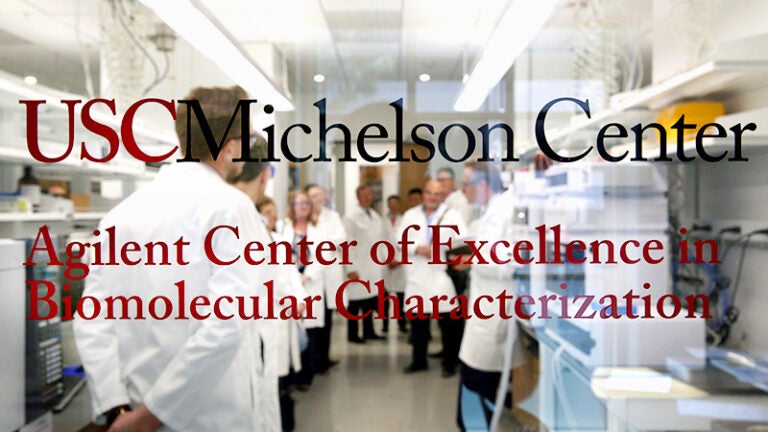
Industry and academia partner to speed scientific progress
Collaborations between private sector companies and academic institutions are nothing new, and they’ve produced important advances. Early examples include modern fluoride toothpaste and seat belts. More recently, advances such as lighter and more flexible cell phone displays and the influenza medicine Tamiflu have emerged from these industry-academia partnerships.
The number of alliances has surged over the past decade, however, as demand for new advances increases and competition for federal funding heats up. According to a 2017 report in the journal Science, the share of basic research funded through federal sources fell below half for the first time in 2013. In 2015, just 44 percent of funding came from federal awards.
The Science report notes that, while the government appears to show decreasing interest in supporting basic science research, industry has stepped up to fill the gap. This runs contrary to the general notion that companies prefer only to fund projects with clear, lucrative potential.
Boston University’s Kenneth Lutchen offers reasons why corporations would fund basic science. Writing in Harvard Business Review, he notes that companies, seeking to control costs, can look to universities to find the best minds in science and engineering to perform early-stage research — where innovation thrives.
Lutchen explains that universities also benefit from access to funding and research partners, and the public may stand to gain the most.
“Most importantly,” he writes, “society will benefit from a stream of previously unimaginable advances — in life sciences, biomedical engineering, communications, environmental sciences, artificial intelligence, and more — that will vastly improve everyone’s life.”
In an embrace of this spirit of collaboration aimed at more rapid, beneficial innovation, the USC Michelson Center for Convergent Bioscience has partnered with Agilent, a global research, development and manufacturing company based in California’s Silicon Valley. The result is the new Agilent Center of Excellence in Biomolecular Characterization.
Representatives from USC and Agilent gathered at Michelson Hall on Aug. 20 to dedicate the new center.
“This may well be Agilent’s most capable center of excellence — at least one of the most capable — on the planet,” said Agilent Senior Vice President and Chief Technology Officer Darlene Solomon.
Addressing attendees, USC Dornsife Divisional Dean of Natural Sciences and Mathematics Stephen Bradforth noted the center’s potential not just for research advances but also education.
“I think as we walk through the center of excellence,” he told attendees, “you’re going to see a very impressive suite of instruments clearly powering really innovative research. What you can’t see quite so easily is the impact this is having on education and training.”
The partnership with Agilent gives postdoctoral researchers, graduate students and undergraduates access to state-of-the-art instruments, and it will help to develop a pipeline for science, technology, engineering and math (STEM) fields, “which we know is an absolutely crucial thing for our country to do,” Bradforth added.
Solomon noted that joint workshops and seminars, held at USC and at Agilent’s Santa Clara headquarters, were in the works, and she also announced a new Agilent postdoctoral fellowship program planned for this fall.
“The charter is ‘research that will advance bioinstrumentation for new applications important to the USC research community and the scientific community at large,’” she said.
Agilent Senior Vice President and President of Life Sciences and Applied Markets Group Jacob Thaysen, in extolling the center’s virtues, reinforced Lutchen’s stance on the increasing need for partnerships to drive successful research.
“We have come far in our understanding of life science, but every time we take another step we realize that the world is more complicated,” he said. “It is clear that further advances require different minds to come together both from academia and industry.
“This is a great opportunity … for all of us to move life science forward.”